The Australian government has recently announced a significant expansion of its Working Holiday Visa (WHV) program, increasing the annual quota to 45,000 spots. This move comes as part of Australia's broader strategy to address labor shortages in key industries while promoting cultural exchange. For young travelers seeking adventure and work experience abroad, this presents an unparalleled opportunity to explore Australia's diverse landscapes while earning money to fund their travels.
Understanding the Working Holiday Visa program is crucial before diving into the application process. The WHV allows individuals aged 18 to 30 (35 for some countries) to live and work in Australia for up to 12 months, with the possibility of extending for a second or even third year under certain conditions. Participants can take up short-term employment to supplement their travel funds, making it an ideal option for those looking to experience Australian life beyond typical tourism.
The increased quota reflects Australia's recognition of the program's dual benefits - filling seasonal labor gaps in regional areas while injecting tourism dollars into local economies. Agriculture, hospitality, and tourism sectors particularly benefit from this influx of temporary workers. For applicants, this means better chances of securing both visas and employment upon arrival, though competition remains fierce for certain nationalities.
Eligibility requirements form the foundation of any successful application. Applicants must hold a passport from an eligible country, meet health and character requirements, and demonstrate sufficient funds (usually AUD 5,000) to support themselves initially. Crucially, they must not have previously entered Australia on a WHV unless applying for a second or third year visa. The age limit varies slightly depending on the applicant's country of origin, with most capped at 30 but some extending to 35.
Preparing documentation well in advance separates successful applicants from disappointed ones. A valid passport, proof of funds, educational certificates, and health insurance details should be gathered before starting the application. Medical examinations may be required depending on the applicant's intended work sector, particularly for those planning to enter healthcare or childcare roles. Starting this paperwork early prevents last-minute scrambles that could jeopardize application timing.
The actual application process occurs entirely online through Australia's immigration portal. Creating an ImmiAccount provides access to the visa application form, which requires careful completion. Accuracy is paramount - even minor errors can cause delays or rejections. Payment of the AUD 495 visa fee marks the final step before submission. Processing times vary but typically range from a few days to several weeks, making advance planning essential.
Timing your application strategically can significantly impact your Australian experience. The visa becomes valid from the date of grant, not entry, meaning applicants should consider their intended arrival date when applying. Many choose to apply several months before departure to allow for processing while ensuring their visa doesn't expire before they leave. Seasonal work opportunities also factor into timing decisions, with harvest seasons offering abundant regional work in specific months.
Upon approval, recipients should research Australian customs regulations, tax requirements, and employment laws before departure. Registering for a Tax File Number (TFN) immediately upon arrival facilitates legal employment. Understanding minimum wage laws and workplace rights protects against exploitation, particularly in casual or seasonal roles common among WHV holders. Basic familiarity with Australia's healthcare system and emergency services provides additional security.
Finding accommodation and work constitutes the immediate challenge after arrival. Hostels, shared houses, and farm stays offer affordable living options while building social networks. For employment, online platforms, hostel noticeboards, and word-of-mouth recommendations prove valuable resources. Regional areas often provide more work opportunities, especially in agriculture, while cities offer hospitality roles. Flexibility and willingness to try various jobs enhance both earning potential and cultural experience.
The option to extend your stay through second or third year visas attracts many participants. Completing specified work in designated regional areas for 88 days during the first year qualifies applicants for a second WHV. A third year follows another 6 months of regional work during the second year. These extensions allow deeper immersion in Australian life while providing employers with much-needed continuity in seasonal industries.
Cultural adaptation forms an unspoken but critical component of the WHV experience. Australia's workplace culture, social norms, and even humor can differ markedly from other countries. Successful participants embrace these differences, viewing challenges as part of the adventure. Building local connections through work, sports, or community activities enriches the experience beyond typical tourist activities.
Financial management separates those who thrive from those who struggle. While the WHV allows work, it's primarily a cultural exchange program. Budgeting for initial expenses before securing employment prevents stressful situations. Many participants alternate between intensive work periods and travel phases, maximizing both earning and exploration opportunities. Understanding Australian banking systems and setting up local accounts upon arrival simplifies money management.
Health and safety considerations should never be overlooked. Australia's unique environment presents specific risks - from extreme sun exposure to remote outback travel. Comprehensive health insurance covering ambulance services is essential, as Australia's healthcare system operates differently for temporary residents. Learning basic bush safety and ocean awareness proves valuable for those venturing beyond urban areas.
The expanded WHV quota represents a golden opportunity for young globetrotters worldwide. With proper preparation, realistic expectations, and an adventurous spirit, participants can craft an unforgettable Australian experience that combines work, travel, and cultural immersion. As applications open for the increased allocations, prospective travelers should move promptly while remembering that thorough preparation ultimately determines the quality of their working holiday adventure.

By Lily Simpson/Apr 7, 2025
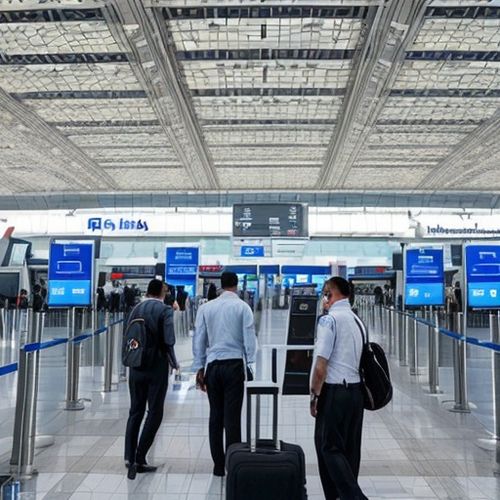
By Samuel Cooper/Apr 7, 2025
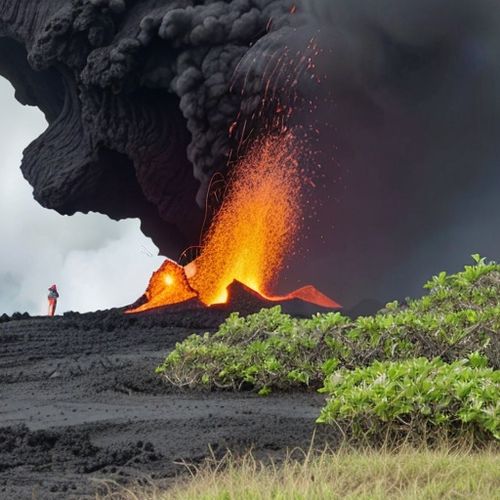
By Rebecca Stewart/Apr 7, 2025

By Sarah Davis/Apr 7, 2025

By Rebecca Stewart/Apr 7, 2025

By Amanda Phillips/Apr 7, 2025

By Natalie Campbell/Apr 7, 2025
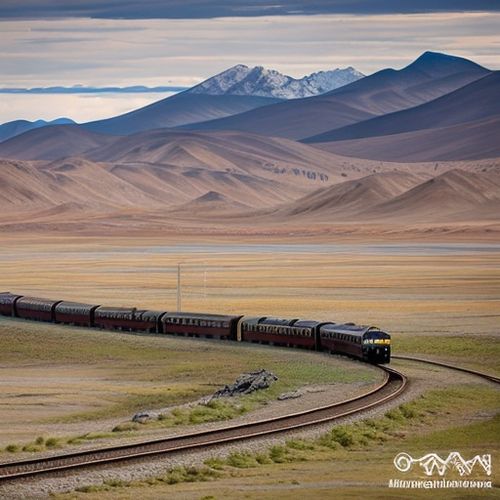
By Jessica Lee/Apr 7, 2025
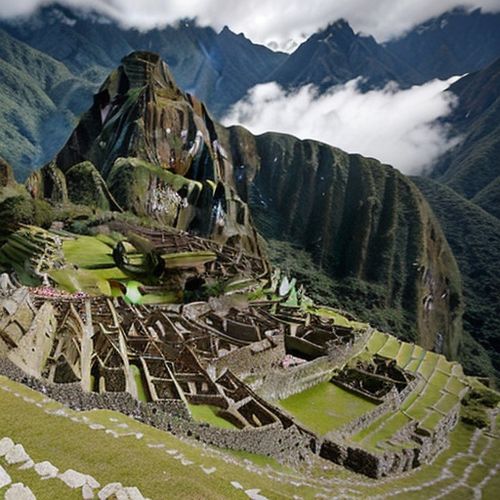
By Thomas Roberts/Apr 7, 2025
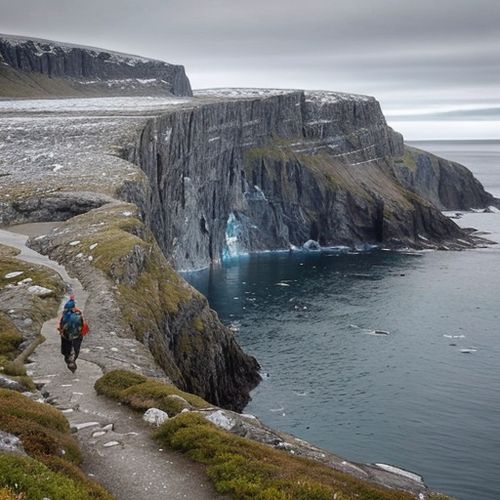
By Daniel Scott/Apr 7, 2025

By Emily Johnson/Apr 7, 2025

By Victoria Gonzalez/Apr 7, 2025

By George Bailey/Apr 7, 2025

By Rebecca Stewart/Apr 7, 2025
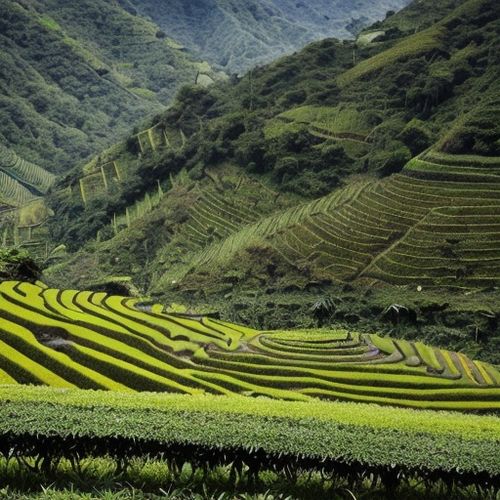
By Elizabeth Taylor/Apr 7, 2025
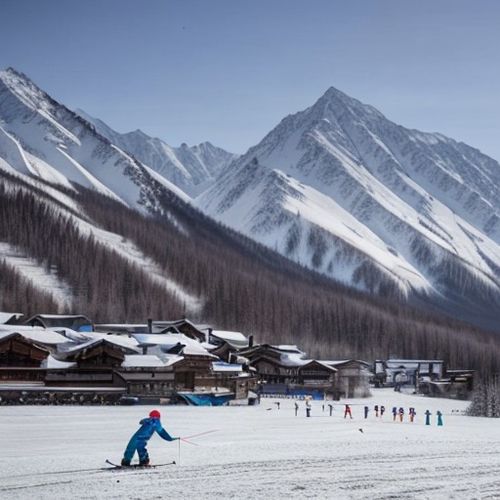
By Thomas Roberts/Apr 7, 2025
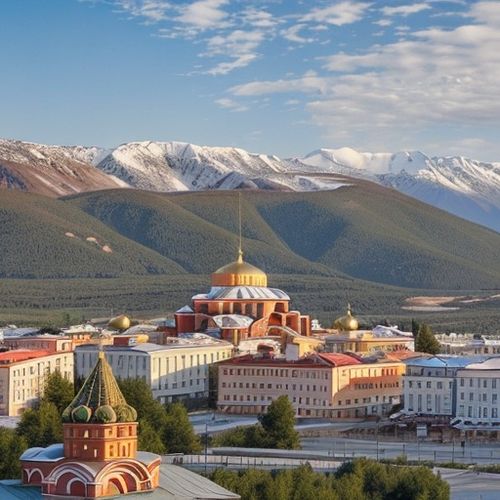
By Lily Simpson/Apr 7, 2025